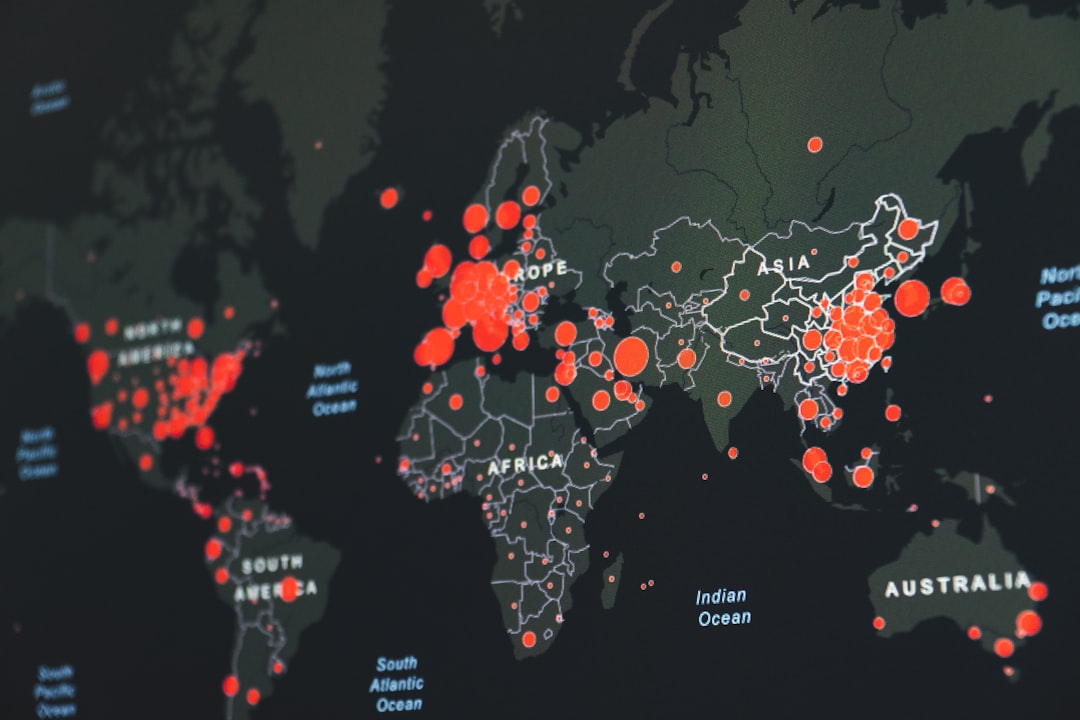The COVID-19 pandemic feels over but is not actually over.
The pandemic has entered the weird phase

In the spring of this year, the pandemic still felt real and ever-present to me. At Tufts University (my place of employment), I was required to teach while masked, and my students were also required to me masked. I was PCR-tested once or twice a week depending on the number of infections on campus. After two years of not getting sick, I attended an under-populated conference and contracted COVID-19 despite being vaccinated and boosted. Fortunately, those vaccines also made my case a mild one.
Fast forward to now, and President Biden telling 60 Minutes that “the pandemic is over.” Is he right?
No doubt, the pandemic has receded dramatically from my daily life. Tufts went from mandatory weekly PCR testing in the spring to no testing this fall (they have rapid tests at the ready if someone feels sick). Masking is now optional and I would wager that less than ten percent of the students and faculty at Tufts are wearing them. I am not wearing a mask and am admittedly pleased that I can now see the faces of my students.
The same trend is happening on the conference front. This past week I attended the American Political Science Association annual meeting. The contrast with last year’s post-apocalyptic feel in Seattle was noteworthy. In 2021 the delta variant caused a massive drop-off in attendance at the last minute, leaving a conference with maybe 25 percent attendance. This year was likely closer to 85 percent of normal, and masking at maybe 25 percent.
So, based on the changes between May and September, it feels like the pandemic has really changed. No wonder Biden told 60 Minutes, “if you notice, no one’s wearing masks. Everybody seems to be in pretty good shape. And so I think it’s changing.”
Except that it hasn’t.
A quick glance at the Boston wastewater data suggests that the not-so-novel coronavirus is more prevalent now than it was five months ago. The Los Angeles Times’ Emily Alpert Reyes and Aida Ylanan recently reported that COVID-19 is still a significant cause of death in the United States:
Americans have been urged to learn to live with the coronavirus, but this summer, hundreds were still dying from it each day. The death toll has fallen from the grim peaks of past surges, but has persisted in recent months, averaging more than 400 lives lost a day from June through August, according to data from the Johns Hopkins Coronavirus Resource Center.
At that rate, COVID still amounts to one of the biggest causes of death in the U.S., even as public officials herald the availability of vaccines and treatments.
This is reflected in the polling data. Last week an Axios-Ipsos poll showed that U.S. public concern about the pandemic is at an all-time low and pre-pandemic behavior has surged. Last month, however, Gallup polling showed Americans growing more pessimistic about the coronavirus situation. So why have norms and behavior shifted if the pandemic pretty much resembles what it did this past spring?
I don’t think this is rocket science: Americans are sick and tired of the pandemic and now willing to take greater risks to return to their pre-pandemic lives. The pandemic has lasted two and a half years, and behavioral restrictions that were tolerable in, say, September 2020 are less so now. The combinations of vaccines, boosters, and prior COVID infections has also made the implications of contracting COVID-19 seem less dire. The result is a surge in pre-pandemic behavior and a willingness to tolerate a somewhat elevated number of people who get sick.
This certainly explains my own behavior. For the time being I will still mask at airports and on airplanes and occasionally in very large indoor gatherings. Other than that, I’m done. I am vaccinated, boosted and had COVID-19 earlier this year, so the prospect of contracting it again seems both less likely and less scary.
The thing is, I confess to being unsure whether I have made the right probability calculations. Maybe I am underestimating the risks of COVID! It is startling that after 30 months of pandemic the official guidance on appropriate behavior still seems murky to me. On the upside, however, this month feels like the closest my daily life has been to pre-March 2020, and that is a good feeling.
Question to readers of Drezner’s World: do you feel your life is back to pre-pandemic normal? Why or why not?


"Is life back to normal?" Well no not really as the world has changed a great deal since 2020 (at my job it's pretty clear we are never going back to 5 days in office) but I've stopped making major changes to my life due to COVID, so in that sense it's normal. In a way "back to normal" is kind of the wrong question as we'll never get back to "the way things were" but if you want to stop living like there's a big pandemic going on you can feel free to do so, in fact most people are doing that.
I mask in stores, etc. Spouse and I cut back on our outings in 2020 and still haven't fully resumed our old schedule. I suspect we won't, advancing age (81/72) and caution are both factors. We still mask in stores, but not elsewhere.